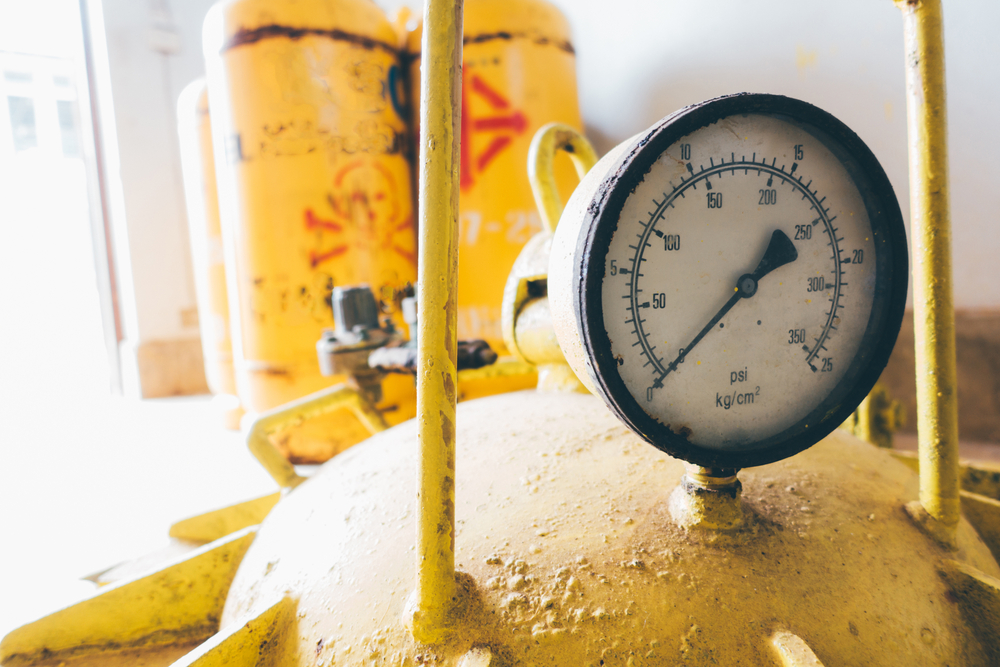
Chlorinated lipids may be the answer to quickly testing and treating individuals who may have been exposed to chlorine gas, a Saint Louis University professor recently said.
Quickly determining which chemical agent was used is allows medical personnel to take appropriate countermeasures to save lives and limit damage to those exposed.
Between 2002 and 2006, David Ford, a professor of biochemistry and molecular biology at Saint Louis University, discovered of a family of lipids that had not previously been identified in humans.
“My lab discovered chlorinated lipids,” Ford said. “They are made in the body under conditions where there is inflammation, such as sepsis. They are made as a result of white blood cells executing chlorination reactions to kill bacteria. These lipids are also the best biomarkers of chlorine gas exposure that are available.”
Chlorine gas exposure first causes severe lung injury, followed by hypotension and multiple organ failure.
Ford has been conducting research over the past five years funded by the CounterACT network, a collaborative effort of the National Institutes of Health and the U.S. Department of Defense, which has awarded multiple grants via a collaboration with Sadis Matalon and Rakesh Patel at the University of Alabama at Birmingham (UAB).
Ford and his collaborators discovered, among other findings, that they could detect exposure to chlorine gas by identifying the presence of reaction products of chlorine. Ford wrote in a 2016 paper that these chlorinated lipid levels remain high even 24 hours after exposure, long after other biomarkers have returned to normal levels.
Currently, testing for chlorinated lipids requires a mass spectrometer, which is not conducive to quick testing in the field.
Ford said that, through further research, he hopes to develop a point-of-care test that would enable doctors to test for chlorinated lipids on site. Researchers also hope their research leads to the development of countermeasures that can save lives following chlorine gas attacks and accidental chlorine exposure.




